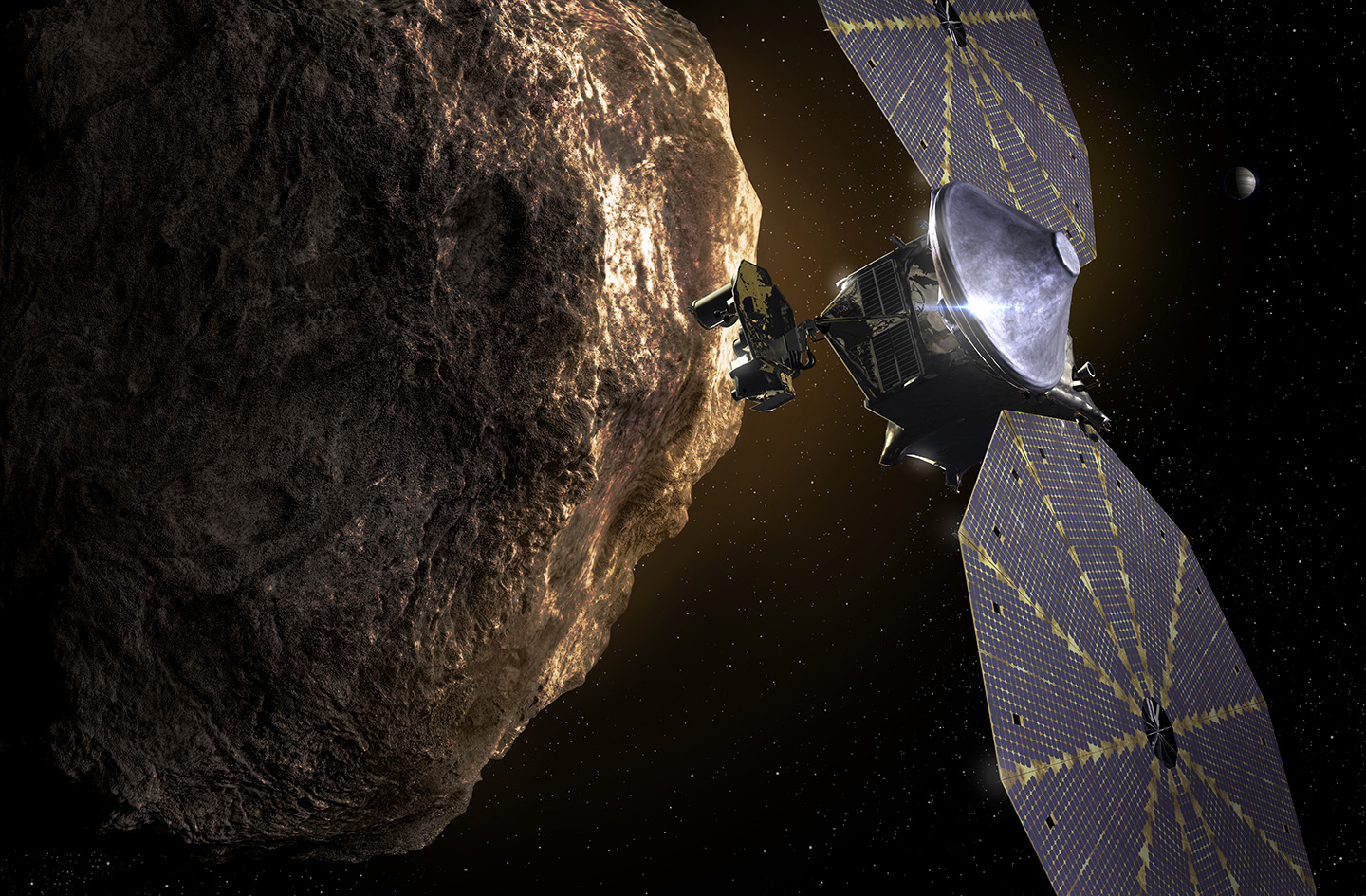NASA's asteroid-bound spacecraft observed May 15-16 lunar eclipse from 64 million miles away: Watch video

NASA's asteroid hunter, Lucy, observed the May 15-16 total lunar eclipse from 64 million miles (100 million km) away - that's nearly 70% of the distance between the Earth and the Sun.
Launched in October 2021, the Lucy mission's key objective is to observe one main belt asteroid and seven Trojan asteroids that share an orbit around the Sun with Jupiter, making it NASA's first single spacecraft mission in history to explore so many different asteroids. The asteroid-bound spacecraft is currently travelling back towards Earth for a gravity assist on October 16, 2022, to help propel it on its journey to the Trojan asteroids.
In a timelapse video shared by NASA's Lucy mission team, the Earth is visible on the left (its rotation clearly visible) while the Moon (on the right, brightened sixfold to increase its visibility) disappears from view as it passes into the Earth's shadow. The video covers a period of almost three hours, from 9:40 p.m. EDT on May 15 to 12:30 a.m. EDT on May 16.
Lucy used its high-resolution panchromatic camera, L'LORRI, to watch the Earth casting its shadow on the Moon.
See a total lunar eclipse from 64 million miles away. Our @NASASolarSystem Lucy spacecraft is on a journey to Jupiter’s Trojan asteroids. On the way, it saw Earth (left) cast its shadow on the Moon (right) during an eclipse on May 15-16, 2022. https://t.co/qnynNetbTr pic.twitter.com/OY24GQs7bi
— NASA (@NASA) May 20, 2022
Lucy will perform its first gravity assist in October 2022, which will accelerate and direct its trajectory beyond the orbit of Mars. The spacecraft will then swing back toward Earth for another gravity assist in 2024, which will propel it toward the Donaldjohanson asteroid – located within the solar system's main asteroid belt - in 2025.
Thereafter, it will journey toward its first Trojan asteroid encounter in the swarm ahead of Jupiter for a 2027 arrival. More information about the mission can be found here.










